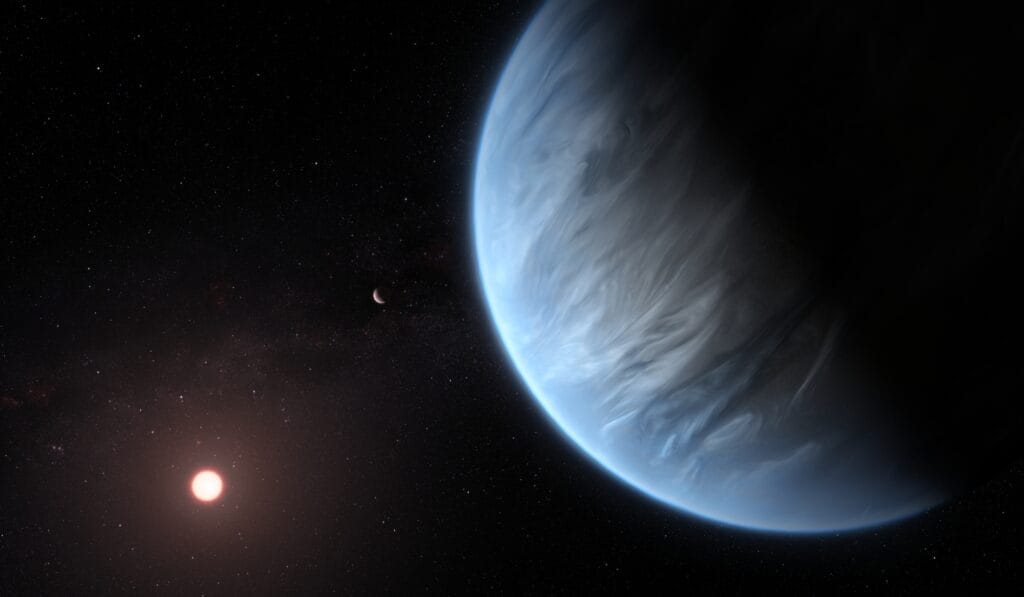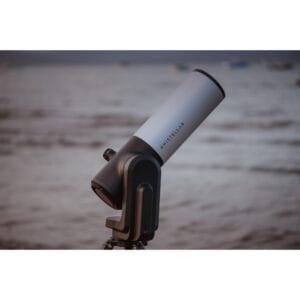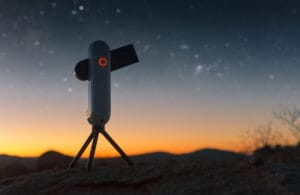The K2-18b planet has become one of the most intriguing exoplanets in recent years. Not because we’ve found life there, but because scientists have detected traces that could indicate biological processes. What makes K2-18b so special? And how far have we really come in the search for life? In this blog, we dive deep into the facts

What is the K2-18b Planet?
K2-18b is an exoplanet approximately 124 light-years away from Earth, located in the constellation Leo. The planet was discovered in 2015 during the second phase of NASA’s Kepler mission (the K2 mission).
It orbits a relatively cool red dwarf star, K2-18, and is located within the habitable zone — the region around a star where liquid water could exist.
Key characteristics of K2-18b:
- Radius: approximately 2.5 times that of Earth.
- Mass: approximately 8.6 times that of Earth.
- Orbital period: one year lasts just 33 Earth days.
- Distance from its star: approximately 0.142 astronomical units (AU) (for comparison: Earth is 1 AU from the Sun).
- Tidal locking: likely yes — one side always facing the star.
Due to its short orbital period and the weak radiation from the red dwarf, K2-18b remains cool enough to potentially retain water, despite its proximity to its star.
What makes this planet especially remarkable is its unknown character: it falls between a super-Earth and a mini-Neptune in size. We don’t know of any comparable object in our own solar system, leaving scientists uncertain whether it’s an ocean world, a gas giant, or something in between.
What Do Experts Say about the Possible Biosignatures on K2-18b?
On April 16, 2025, a team of astronomers led by Nikku Madhusudhan from the University of Cambridge published new results claiming to have detected dimethyl sulfide (DMS) in K2-18b’s atmosphere.
On Earth, DMS is almost exclusively produced by living organisms such as plankton, which caused considerable excitement. Some media even headlined that possible alien life had been found.
However, National Geographic spoke with ten independent experts and their reactions were mixed:
- Skeptics (like Clara Sousa-Silva and Ryan MacDonald) point to the possibility of false-positive results. They argue that the comparison with 20 molecules leaves room for errors, and that the “three sigma” reliability might have been enhanced by selective data processing (“statistical hacking”).
- Cautious optimists (like Laura Kreidberg) find the research carefully conducted but emphasize that scientific caution remains necessary.
- Others point out that DMS has also been found in dead comets (such as on comet 67P), meaning it doesn’t necessarily have to be produced by life.
In short: it’s an indication, but far from definitive proof.
Is K2-18b Really Habitable?
Although K2-18b is located in the habitable zone, this doesn’t automatically mean it’s a livable world.
There are several scenarios in circulation:
- According to some models, K2-18b could be a Hycean World, with a deep ocean beneath a thin hydrogen atmosphere — a favorable environment for microbial life.
- However, other researchers who reanalyzed earlier data found no evidence for carbon dioxide (CO₂) — an essential ingredient for a stable, habitable atmosphere. Without CO₂, it would more likely be an inhospitable gas giant.
- There are also models suggesting that K2-18b’s “ocean” might consist of magma rather than water due to extremely high temperatures.
Additionally, K2-18b is 2.6 times larger and almost nine times heavier than Earth. This means the surface pressure, if there is a surface, could be extremely high — possibly unsuitable for life as we know it.
Research leader Madhusudhan remains optimistic: “There are still open questions, but they don’t rule out life.”
Why Does this Discovery Remain Important?
Even if no direct evidence of life is found, the discovery around K2-18b remains revolutionary.
Thirty years ago, we didn’t even know exoplanets existed; today we’re analyzing their atmospheres looking for molecules that could indicate life.
As science philosopher Peter Vickers put it:
“If we find signs of life on one of the first habitable planets we study, then it’s likely that life exists everywhere.”
Or as astrobiologist Michael Wong says:
“We’re just at the beginning. But what a privilege that we can even ask these questions.”
Why is K2-18b so Widely Discussed?
In 2019, the Hubble Space Telescope found water vapor in K2-18b’s atmosphere. That was significant, but not conclusive. Recent observations with the James Webb Space Telescope (JWST) have now shown even more important molecules: methane and carbon dioxide. Both can indicate biological processes.
Moreover, there is weak evidence for dimethyl sulfide (DMS), a molecule that on Earth is almost exclusively produced by living organisms, particularly plankton in oceans.
Important to realize: this is not proof of life. Methane, for example, can also be produced by non-biological processes.
What is a Hycean World?
A hypothesis is that K2-18b is a so-called Hycean World: a planet with a thin hydrogen-rich atmosphere and a vast ocean beneath. In such an environment, microbial life and photochemical processes similar to those on Earth might be possible.
A Hycean World with high concentrations of methane (and relatively low concentrations of other gases like ammonia) would strongly suggest biological activity. The detection of DMS supports this idea, but the observations aren’t yet certain enough.
How Reliable are the Measurements?
Scientists use a so-called “sigma score” to indicate reliability:
- 2 sigma: approximately 95% certain (comparable to a 1 in 20 chance of false conclusion).
- 3 sigma: approximately 99.7% certain (1 in 1000 chance).
The DMS detection on K2-18b is currently at about 2-3 sigma. That’s exciting, but not yet convincing enough for definitive claims. More observations with the JWST are planned to confirm or refute the data.
Why Aren’t Biomarkers Alone Enough for the K2-18b Planet?
Even if methane and DMS are present, this doesn’t automatically mean there is life. There could be unknown geological or chemical processes producing these molecules. As one of the involved scientists stated: “No single molecule can prove life on its own.”
That’s why follow-up research remains crucial. Science looks for patterns: combinations of molecules that are difficult to explain without biological activity.
How Can You Contribute to Exoplanet Research?
Although K2-18b itself isn’t visible with amateur telescopes, you can observe stars that might host exoplanets. Smart telescopes like the DWARF 3 make this accessible:
- With automatic tracking and stacking, you can measure variations in starlight.
- Some stars show small dips in brightness when planets pass in front (transits).
- With patience and good equipment, you can even contribute to citizen science projects.
Check out the capabilities of the DWARF 3 smart telescope for beginners.
Summary: Hope, but not yet Proof
The K2-18b planet offers a fascinating glimpse into the complexity of the search for extraterrestrial life. The presence of molecules like water vapor, methane, and possibly dimethyl sulfide makes K2-18b an important candidate. But as always in science: extraordinary claims require extraordinary evidence.
With new observations and better technology, the truth comes closer step by step.
Keep looking at the stars, because the universe hasn’t revealed all its secrets yet.





